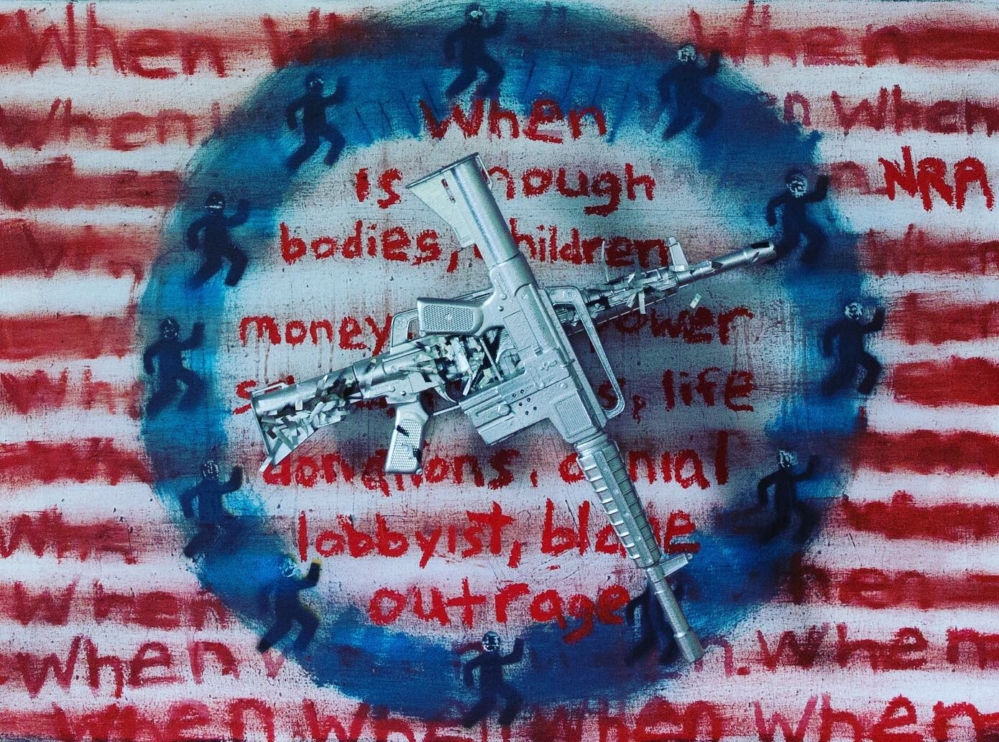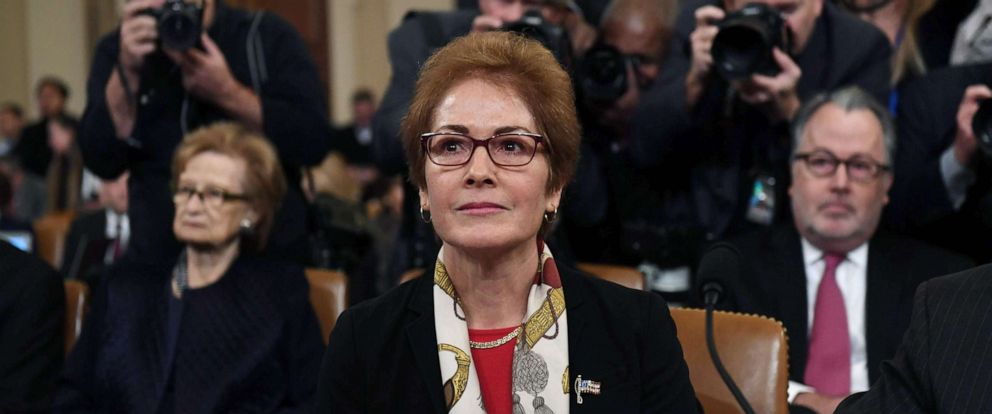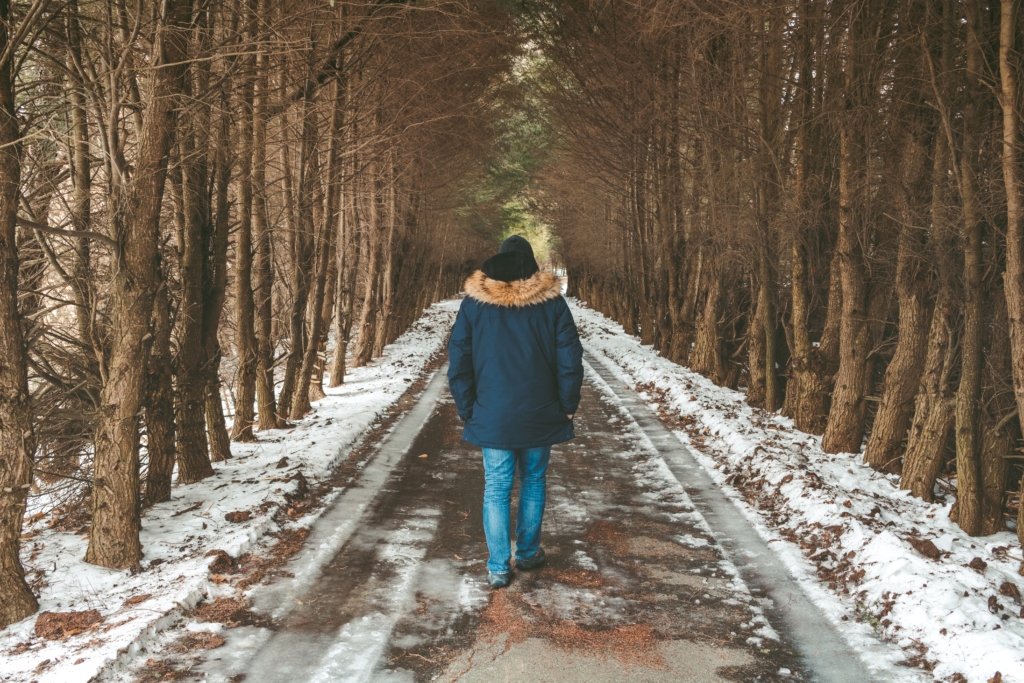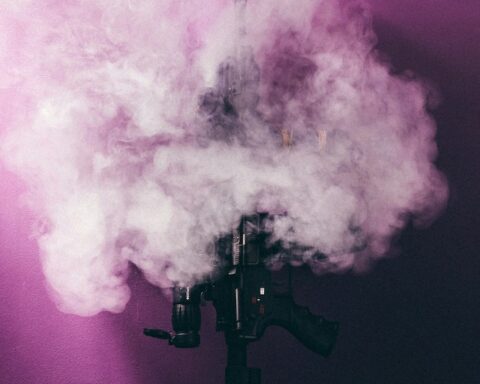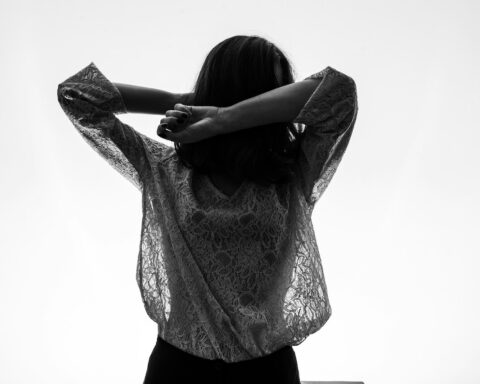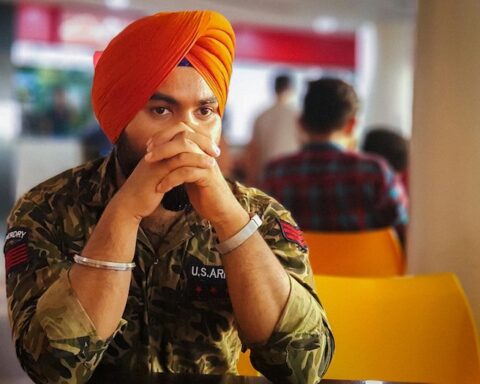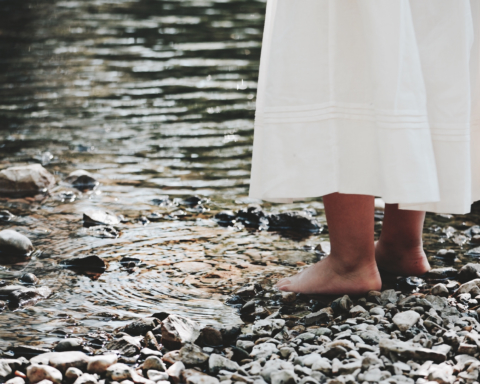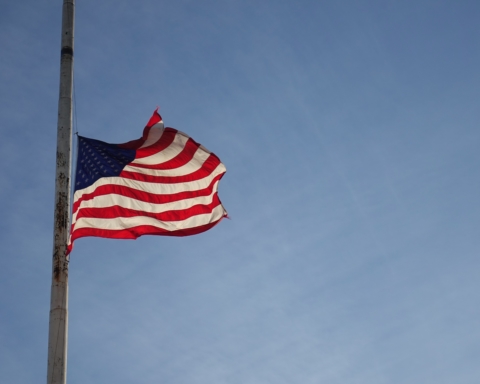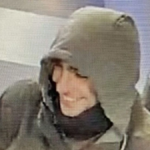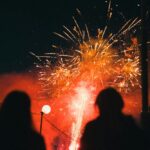At the gun range they say
pick your targets carefully.
These curved shapes we make
into artworks now are covered
with celebrities and shadowy
silhouettes for collaboration
in both impractical and practical
actions, just as all of us portray
the circumstances for reimagined
blasting at a variety of different
distances through our errant
aiming today.
At the gun range they say
to pick your targets carefully.
#
In 2010, Jenny Holzer projected text
on the sides of the Institute of Contemporary
Art in Boston. I shot a photo with my smartphone
of the scroll of words that froze when I pressed
down. The ones I caught, they say: SOME GUNSHOTS,
NOW NEARER, FARTHER AWAY.
#
The first time I ever fired a handgun
I was four-years-old. My arms rocked
inside their sockets, pointed straight up
toward the sky; a discernible prayer
escaped the barrel of my throat, followed
by imperceptible regret. I missed. Back then,
the only death we ever wished for was the dented
demise of soup cans perched up on big dirt mounds.
#
In 1996, Kurt Vonnegut wrote in Timequake:
“That there are such devices as firearms,
as easy to operate as cigarette lighters
and as cheap as toasters, capable at anybody’s
whim of killing Father or Fats or Abraham Lincoln
or John Lennon or Martin Luther King, Jr.,
or a woman pushing a baby carriage,
should be proof enough for anybody
that, to quote the old science fiction writer
Kilgore Trout,
‘being alive is a crock of shit.’”
#
We were filling tin with lead back then,
not destroying glossy human photo
reproductions purchased from the internet.
We drove back home in the truck that night
and I can still hear my father singing. Instead
of playing the radio inside the white-yellow
blast of headlights, his voice came through,
despite the bullet hollows and shell casings
still ringing in my ears; those cowboy words
bent to the sounds of a stretched-out glittering
galaxy blinking down from the light-holes
poked into the velvety black dome curving up
above our town. They watched us far below them.
#
Look at any Roy Lichtenstein painting
long enough—his comic book panels filled
with ben day dots—and every single one
of them becomes ripped apart by a hundred-
thousand dark and hollow bullet holes. In 1968,
after the assassination of Bobby Kennedy
and Martin Luther King, Jr., he created
a screenprint for Time Magazine titled
Gun in America, where above the red dots
covering a comic book hand, the unflinching
eye of a pistol is pointed straight at you.
He traded one hole for a dozen and we can too.
#
At the gun range they say, pick your target,
but they mean, Make sure you remember
to choose an extremity or a middle, a place
to place your eyes.
They mean, stand still and don’t forget
to breathe before you pull. You’re not
dead, yet.
My father sings:
The stars at night / are big
and bright / deep in the heart
of Texas.
#
Ernest Hemingway always believed
if he became a master fisherman
he could never get caught. He pulled
a machine gun from beneath his captain’s
seat anytime he spied a set of sharks
and laid down lead across the ocean
waves, dismantling the barriers between
predators and prey, again. And again.
On July 2, 1961 he took aim a different
way and pointed up at the 26 arguing
people locked inside his head—the former
friends and lovers, FBI agents, bartenders,
innocent bystanders, infantrymen, bankers,
critics, fathers, mothers, doctors, ghosts—
and he made one target with his mouth open,
and another with his mouth closed.
#
All of us pull the trigger
at the exact same time.
#
In 1971, seminal artist Chris Burden
had an assistant shoot him in the arm
with a .22 caliber rifle from a distance
of approximately 16 feet to create
the performance piece titled, Shoot.
#
Below is a collection of 26 targets
found during a Google image search
the day after the Midland and Odessa
massacres occurred:
1. Innocent Gun Range Target
2. Bag of Bones (Man With Two Guns Anatomical Target)
3. Clown-Shoot Target
4. Out of Luck Leprechaun Target
5. High Visibility Fluorescent in a Crowd Target
6. Zombie Target
7. Cupid’s Arrow Practice Target
8. “Shoot for the Cure” Breast Cancer Target
9. School Violence Target
10. Split-Second Target
11. Home Invasion Target
12. Man Carrying an IED (Terrorist Photo Target)
13. Economy Target
14. Two Sided Shoot/No-Shoot Cardboard Target
15. Qualification Target
16. Law Enforcement Target
17. Hillary Target
18. All-Weather Target
19. Shoot Smart Black Widow Target
20. The Best Shooting Targets for Fun
21. Human Target
22. Hostile Man with Female Officer Target
23. Game Target
24. Workplace Violence Target
25. Pregnant Woman and Child Target
26. Printable Easy-to-Use Safe Target
#
My favorite piece by Spencer Finch
is Trying to Remember the Color
of Jackie Kennedy’s Pillbox Hat from 1994.
When the 100 pastel drawings are displayed
side by side, each a circular representation
of a different shade of pink, these images link
into a stream of bullet wounds strewn against
gallery walls; a visual premonition of our coming
collective, inevitable and inherited PTSD in America.
Everything is bleeding.
#
When you type in “Texas Shooting,”
Google isn’t sure what to tell you
anymore.
#
John Baldessari burned all his work
and then resurrected himself
from the ashes, baked into Corpus Wafers
in 1970.
In 1984 he created KissPanic, a pointing
gun collage made of black and white movie
stills of rifle and pistol barrels
exploding away from the center image
of two mouths smothering one another,
or attempting to resuscitate lost life; lives.
Still.
#
The first collage about gun violence
I ever made was back in 2012 when I
didn’t know what else to do. Titled,
Meditation on December, the picture
features a discombobulated Santa
with scores of little kids scurrying
around him.
A toy gun bullet ricochets across
the page because how could anyone
shoot and kill all those children
right before Christmastime?
I’ve made dozens since:
Malaria Spring from 2013
compares the gun violence
epidemic to infectious
disease.
Hooray for Psych Meds in 2014
was shown In Sydney, Australia
at a street art exhibition
and has two kids celebrating
their first gift rifle with glee.
There’s Trigger Guard and Shoot
Shoot Shoot. There’s What We Know
Now and November Fall.
There are twenty-six paintings
drying on the ground now.
They didn’t know what else to do
but fall.
#
In 1955, Jasper Johns created Target
with Plaster Casts, a mixed-media painting
and assemblage piece made from an iconic
bullseye and the disembodied parts of a person
(or persons), including a cast of an ear, a mouth,
and a penis rumored to belong to poet
Frank O’Hara. Each of the parts hides
behind a little door.
#
Target the guns
Target the guns
Target the guns
Target the guns
Target the guns
Target the guns
Target
the guns.
#
Jackson Pollock was so adept at flinging
streams of paint against the ground
President Eisenhower hired him in 1954
to form the future Interstate Highway
system using flat rivers of deep black tar.
In 1953 Robert Rauschenberg made
Automobile Tire Print by having John Cage
drive his car over 22 feet of paper linked
together on the ground after passing through
a puddle of paint. The result is a long line
of treads pressed against the page.
#
Here are some of the words they used
to describe the world the day after
the mass shooting in Odessa and Midland:
Death toll, rampage, suspect, victims,
gunman, targets, shooter; massacre,
live, lives, life.
Indiscriminately firing, unverified,
motive. Opened fire, movie theater,
terrorized. Hijacked, casualties, shrapnel,
justice. Animal, killed, evil, attack, died.
#
In Andy Warhol’s Double Elvis from 1963
The King himself draws a revolver on us,
twice. Don’t say no one ever warned you.
#
Give a man a fish an hour and he’ll devour
the meal to starving; he’ll degenerate
into meat grabs and finger pulls, barred
teeth for grease smears on lips and cheeks
and hand backs; he’ll chew down
to leathery skin fins and resistant tails,
indigestible fish bones and starving.
But if you teach a man to fish you don’t
have to give him a meal ever again. He’ll
slaughter carcasses off the coast until water
levels rise up past his ankles and waist
as he redefines the feeling of sinking.
He’ll look up one day and feel a fishhook
embedded in his cheek.
#
In 1950, American crime author Raymond Chandler
wrote an essay titled The Simple Art of Murder. He said,
“When in doubt have a man come in the door ‘
with a gun in his hand.”
We know now that art is better for understanding
corpses than for crafting bulletproof vests.
#
Draw a target and pick a target, and you’ll
have the basis for a new geography, an art,
a highway littered with empty promises
and emptier resolutions.
We see better when we squint from far away.
The trick in atmospheric perspective is to show
distance by allowing the colors to de-intensify.
Stand back and watch as your eyes desensitize.
#
In 1957, Frank O’Hara wrote in On Seeing
Larry Rivers’ Washington Crossing the Delaware
at the Museum of Modern Art:
Dear father of our country, so alive / you must have lied
incessantly to be / immediate, here are your bones crossed /
on my breast like a rusty flintlock, / a pirate’s flag, bravely
specific / and ever so light in the misty glare / of a crossing
by water in winter to a shore / other than that the bridge
reaches for. / Don’t shoot until, the white of freedom glinting /
on your gun barrel, you see the general fear.
#
But if you give a man a gun, he will shoot
and shoot and shoot until you lose yourself
to cowering and point up at the sky again
as if forever was a prayer you always meant
to say and shout and hum into empty silences,
over and over for nothing. Not 26 or 17 or 1900
times, not semi-automatically repeated
like a blurring set of interstate exit signs
passing without permission; shooting through
like a calendar or season changing, or a memory
of collective suffering. We make art our life, to live,
for lives; and for the trajectory lines skipped over
when living becomes the next thing, again.
Reminds me of, the one I love,
Deep in the heart of Texas.
The coyotes wail, along the trail,
Deep in the heart of Texas.
#
We act as if answers reside in recoiling
and shallow summer sky-grabs, the brush strokes
and our brushes with death and the cold clutches
and calculated triangulations for meaning we keep
putting on too late, like an extended set of cardboard
cutouts we settle for in a world protected by paper
fantasies and these near-death arm-lengths now raised
in pleading mercy.
#
In April and May of 2018, Jenny Holzer
launched the Anti-Gun Truck with LED screens
affixed on truck sides projecting huge words
while driving through cities as far-reaching
as New York, Miami, Dallas, and Tallahassee.
They’d say things like: SCREAM and BLOOD
POOL, TOO LATE NOW, and SCREAM AGAIN.
I can’t tell if the trucks ever drove through
Odessa though. Or if they would have
come between the highway signs and sounds
and scenery; the collapse of people onto concrete.
#
Our biggest influence these days is a deepening pall
of powerlessness. We erase the work we made
so far and get started on the next one, until the ones
become once mores and we lose count of desperation.
All of us stop eventually, if only to reload.
Writing poems and making art about gun violence
today feels like casting ammunition for an apocalypse,
again. Everyone shoots to kill.
#
In 2019, Arthur Oswald Fischel painstakingly
and meticulously paints a life-sized cutout portrait
of every single person lost in this mass shooting
hysteria, dating back to 2012. He sends twenty-six
copies to every operational gun range he can find
in America. He sends twenty-six more. He knows
semi-automatically they’ll eventually break down
and contact him and ask him to stop. My father sings,
The cowboys cry, “Ki-yip-pee-yi, “
Deep in the heart of Texas,
The dogies bawl, and bawl and bawl,
Deep in the heart of Texas.
________
Kurt Cole Eidsvig is a poet, writer, and visual artist whose work has earned awards like the Massachusetts Cultural Council Grant and a Warhol Foundation/Creative Capital Fellowship.
“#enough” painted by Michael Conroy.
________

